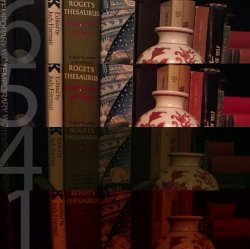This is why I'm finally ditching my compact:
I've owned Canon compacts for a few years now, starting with the Powershot S90, S95 and lately the S120.
The biggest strengths of these cameras have been their low-light no-flash qualities, despite having a small sensor, but after upgrading to the S120, I've never been happy with the color tones, (I think it was the switch from a CCD to a CMOS sensor that did it). I realize these can be adjusted, especially when you play with RAW images, but the postprocessing tended to take up way more of my time than I'd like.
I thought about Sony's awesome RX100 cameras, but again, it's another thing to lug around, and these cameras are actually a bit bigger. Canon has finally come out with their own one-inch sensor compacts (the G7 X) but at cursory glance of the sample images, I'm not as impressed as I thought I'd be.
Apple finally seems to have balanced the tradeoffs in the direction I'm looking for, which is faster autofocus, better low light shooting, optical stabilization for the Plus, and color tones that are very pleasing to my subjective eyes. The downsides I see so far are soft images (but then again I struggled with this on the Canon no matter how hard I tried to master focusing), grainy textures that will present itself on large displays (reducing the likelihood that I can use images as wallpaper backgrounds) and the lack of optical zoom. Although, it occurred to me that I can purchase add-on lenses to expand zoom and apertures on Amazon (they seem to get good reviews too).
As far as point and shoot goes, I think I can finally ditch my compact and the aggravating habit of juggling between my iPhone and Canon (which included the extra step of wirelessly uploading photos from my Canon to my iPhone for postprocessing and social media sharing).
It'll never match DSLR quality of course, but considering all the tradeoffs I think I will be pretty happy with an iPhone Plus.



